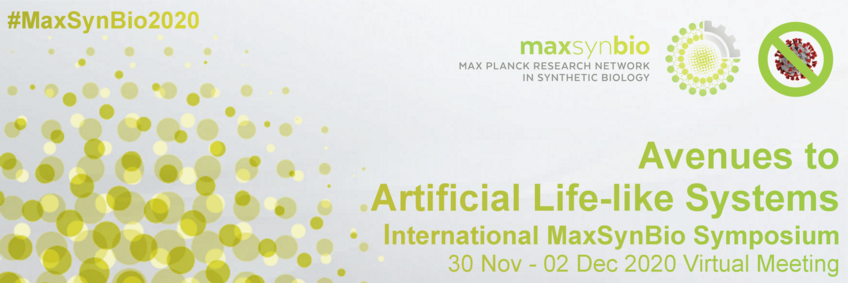
#40 - Creation of in-vitro actin cortices
Kevin Kaub (Georg August University of Göttingen, Göttingen; Max Planck School Matter to Life)
Tuesday, 01 Dec 21:15 - 22:00 CET
Access to the BigBlueButton rooom for this Mini Talk via the lists for Monday and Tuesday.
Please make yourself familiar with BigBlueButton before you join the Mini Talk - read the instructions.
Abstract
Title: Creation of in-vitro actin cortices
Author(s): Kevin Kauba,b, Peter Nietmanna, Niklas Wennera, Tabea Oswalda and Andreas Janshoffa,b
Affiliation(s): aGeorg August University of Göttingen, Göttingen, Germany; bMax Planck School Matter to Life
Abstract: To withstand extracellular stresses a mammalian cell is required to fine-tune its viscoelastic properties and as such the actin cortex, a main determinant for cellular mechanics, must be readily adjustable. The actin cortex is a thin protein meshwork consisting of actin and a plenitude of actin-related proteins, such as motor proteins (Myosin II), crosslinking proteins and polymerization-enhancing factors. Due to its complicated nature, a precise description of the interplay and viscoelastic influence of these different proteins remains elusive. In our work we focus to recreate such a cortical meshwork in a bottom-up approach by increasing the complexitiy of the system step-by-step. Furthermore, we review and present a number of different geometries in which the actin networks are confined in to study the impact of geometrical constraints on the microrheological properties. Lastly, we present a novel approach to study the emergence of actin structures within stabilized GUVs, which can be mass-produced using a microfluidic device [1].